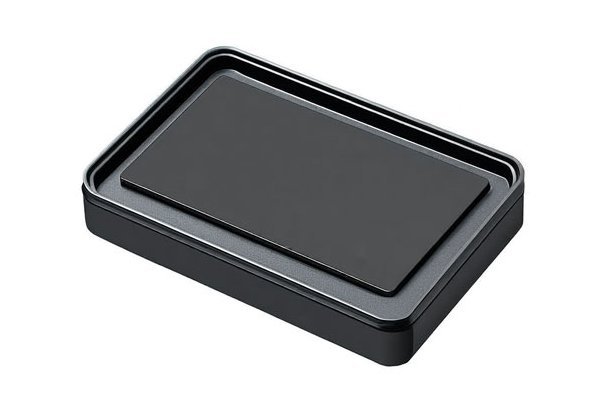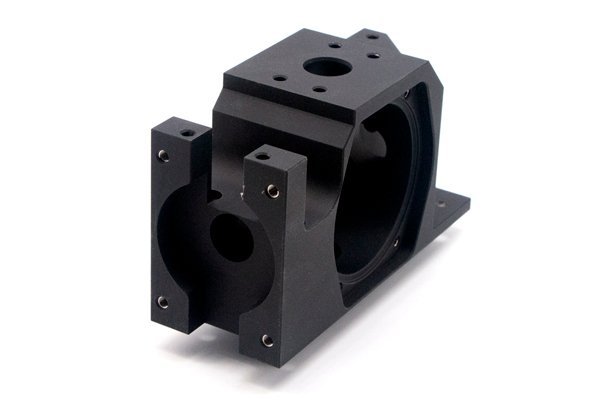Opening
Did you know that the surface finish of a machined part can significantly influence its performance and longevity? In the world of precision manufacturing, a mere few microns can mean the difference between optimal functionality and premature failure. In particular, for CNC (Computer Numerical Control) processing of brass components, ensuring the pristine finish of hole walls is critical. This blog delves deep into the methods used for polishing hole walls after CNC processing of brass, providing detailed solutions and insights for manufacturers.
—
to CNC Processing of Brass
CNC processing has revolutionized the manufacturing landscape, allowing for high precision and repeatability in creating intricate parts. Brass, with its unique combination of properties—such as corrosion resistance, machinability, and aesthetic appeal—has become a popular material choice in production. However, achieving a polished finish on internal surfaces, like hole walls, presents its own set of challenges.
Understanding the Importance of Polished Hole Walls
Polished hole walls in brass components are essential for several reasons:
Common Challenges in Polishing Hole Walls
Before diving into the methods, it’s important to recognize some common challenges:
Methods for Polishing Hole Walls After Brass CNC Processing
Mechanical polishing is one of the most traditional ways to achieve a smooth surface finish, especially useful for hole walls.
Process Overview:
Pros and Cons:
Chemical polishing leverages the use of solutions to enhance the surface finish of brass components without the abrasive action of traditional polishing.
Process Overview:

Pros and Cons:
This method uses an electrolytic electrolyte bath to remove a thin layer of material from the surface of the brass component.
Process Overview:
Pros and Cons:
Ultrasonic polishing employs high-frequency sound waves to enhance the polishing efficiency, especially for hard-to-reach spots.
Process Overview:
Pros and Cons:
Achieving meticulous polishing of hole walls post-CNC brass processing is vital for ensuring quality, performance, and aesthetics of machined parts. Whether opting for mechanical, chemical, electrolytic, or ultrasonic polishing, manufacturers have various methods available to meet their production requirements. Each method exhibits specific advantages and challenges, making it important to choose the right one based on the part’s geometry, finishing needs, and production capabilities.
In summary, proper polishing techniques not only enhance the functional performance of brass components but also play an essential role in minimizing corrosion risk and improving aesthetics. As the precision manufacturing industry continues to evolve, investing in appropriate finishing technologies is crucial. Reflect on these methods as they are integral to maintaining competitiveness and quality in today’s demanding market. Remember, a well-finished surface is not just about looks—it’s about longevity, performance, and trust in your product.
Stay informed, invest in the right processes, and ensure your brass components shine, both in appearance and function.
Related Posts
- What Are the Benefits of CNC Machining for Aluminum Prototype Development in Modern Manufacturing?
- What follow-up treatments are required after completing CNC machining surface treatment processes?
- What Are the Benefits of CNC Machining for Customizable Products and How Can It Enhance Your Manufacturing Process?






